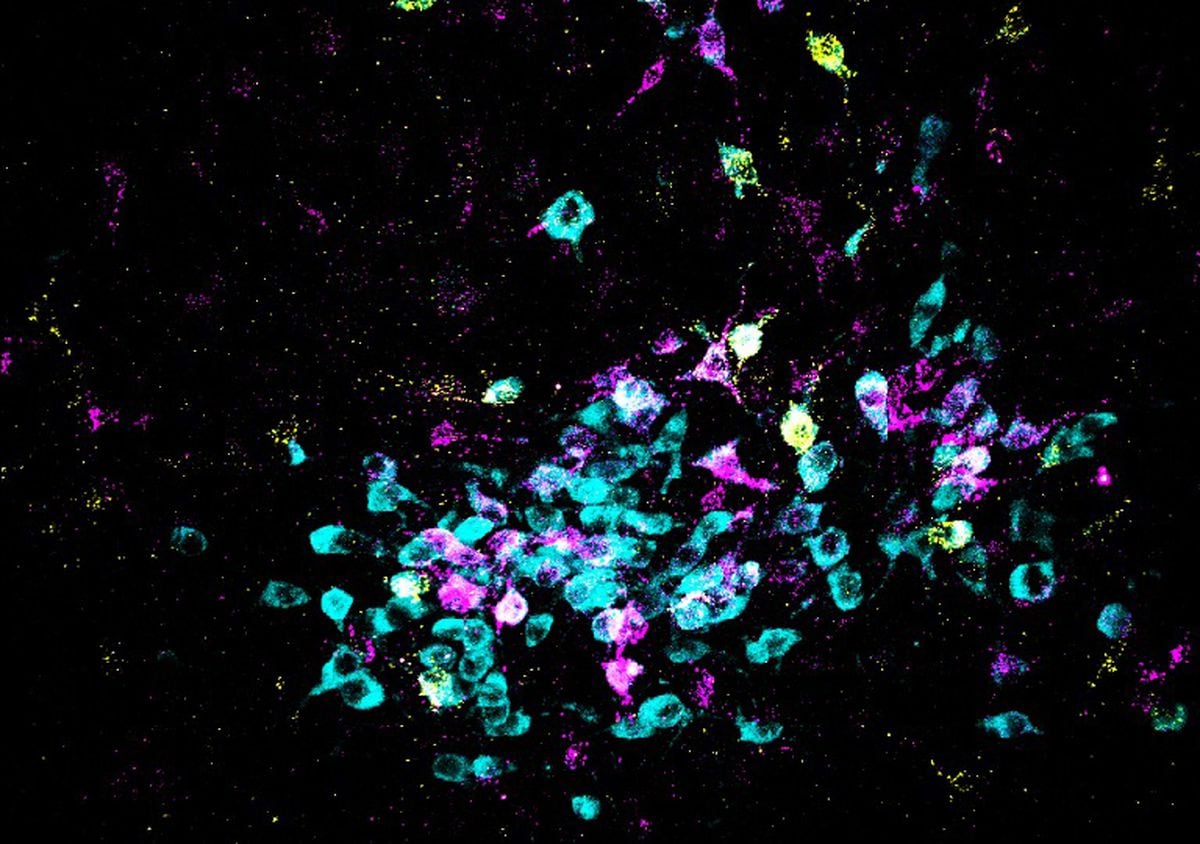Without fear, the evolution of life would have been impossible.
Any threat triggers states of alarm that protect through two alternative reactions, fleeing or fighting.
Present throughout human history, in advanced modern societies, the situations in which it appears are usually reduced to extremes such as personal violence (rapes, robberies, kidnappings) or collective violence (wars, civil conflicts).
In people with post-traumatic stress disorder, this dread often reappears even if there are no longer tangible threats.
Now, a group of scientists has discovered what happens in the brain to make that anxiety return.
In the future, it could be the basis for a pharmacological therapy against fear.
Starting from what is known about conditioned fear, based on a real threat, researchers from the University of California in San Diego (United States) searched for the chemical basis of generalized fear, in which there is no objective dangerous situation.
To do this, they studied the parts of the brain involved in this state, in particular two regions of the brain stem, at the base of the brain (the periaqueductal gray matter and the dorsal raphe nucleus).
They did it in mice, a model that allows extrapolations to human organs.
In these regions there are groups of neurons that release serotonin and, through this neurotransmitter, regulate an infinite number of basic processes, such as states of alert and wakefulness, hunger or fear.
What they did was observe the activity in these regions while carrying out a series of experiments in which they subjected the rodents to blows of different intensities to their paws.
More information
Why is it tiring to think a lot?
An experiment seeks the answer in glutamate
“We discovered that after acute stress, certain nerve cells in the dorsal raphe region change the molecules (neurotransmitters) they use to send signals to other nerve cells,” explains the Kavli Institute for Brain and Mind researcher and senior author. of this research, Nick Spitzer.
Specifically, they saw a change in the neurotransmitters that were released: glutamate was replaced by another known by its acronym, GABA.
“This change causes these neurons to inhibit the cells with which they establish connections, instead of exciting the cells with which they establish connections,” he adds.
The consequence of this reversal of signals is that “the mice had generalized fear of environments different from the one in which they experienced acute stress,” he concludes.
The research, published in the scientific journal
Science
, went one step further by searching for a correlate in humans.
To do this, the researchers analyzed samples from a dozen deceased people, half with post-traumatic stress disorder (PTSD) and the others as a control group.
They detected that the brain stem tissues of individuals with PTSD showed a marked decrease in the number of neurons that, in addition to serotonin, expressed glutamate, up to 26%.
In parallel, a small increase of just 6.5% in those that co-express serotonin and GABA.
The authors highlight that many more studies will have to be done, with larger samples, but the replication in humans (although with tissues in the laboratory) led them to look for how to block this exchange of neurotransmitters.
Then they went back to the mice.
Researchers found a way to stop the production of this widespread fear.
To do this, before causing damage to them to experience acute stress, they injected an adenovirus into the brain of a group of rodents to suppress the gene responsible for GABA synthesis.
By turning off that neurotransmitter, they managed to prevent the mice from acquiring generalized fear.
“But the most exciting thing was the discovery that the immediate administration of an antidepressant drug, fluoxetine, managed to prevent the change in signaling molecules, thus preventing the appearance of generalized fear in mice,” highlights Spitzer.
Fluoxetine is the active ingredient in a famous drug, Prozac.
What they found is that the mice that received an injection of this drug right after the blows not only showed the exchange of glutamate for GABA, but also that they did not remain paralyzed in the different situations in which they were placed to induce fear.
What could this mean?
“This research raises the possibility of quickly administering fluoxetine to people after a very bad and frightening experience, to prevent them from acquiring generalized fear,” says the American neuroscientist.
The head of the Neurology Section at the 12 de Octubre University Hospital in Madrid, Alberto Villarejo, warns that this is basic science research.
“Fear is a physiological protective mechanism of animals and humans in the face of a threat,” he recalls.
But on certain occasions and people, “this very complex mechanism is put into action in situations that are not really threatening,” he adds.
And we don't know why.
Cultural differences come into play, for example: “The fear of poverty generates more anguish in countries like the United States than in others where material things are not valued as much,” recalls Villarejo.
The personality of each person also influences, how they face problems.
Another element is the possible genetic influence and, finally, neuronal connections through neurotransmitters.
The most extreme cases are those that present post-traumatic stress caused by situations of extreme violence, such as attacks or wars.
“This is when this generalized fear triggered by unrelated stimuli can arise,” says Dr. Villarejo.
Regarding treatment, he remembers that he is already using Prozac, but “psychotherapy remains essential.”
You can follow
MATERIA
on
,
X
and
, or sign up here to receive
our weekly newsletter
.

